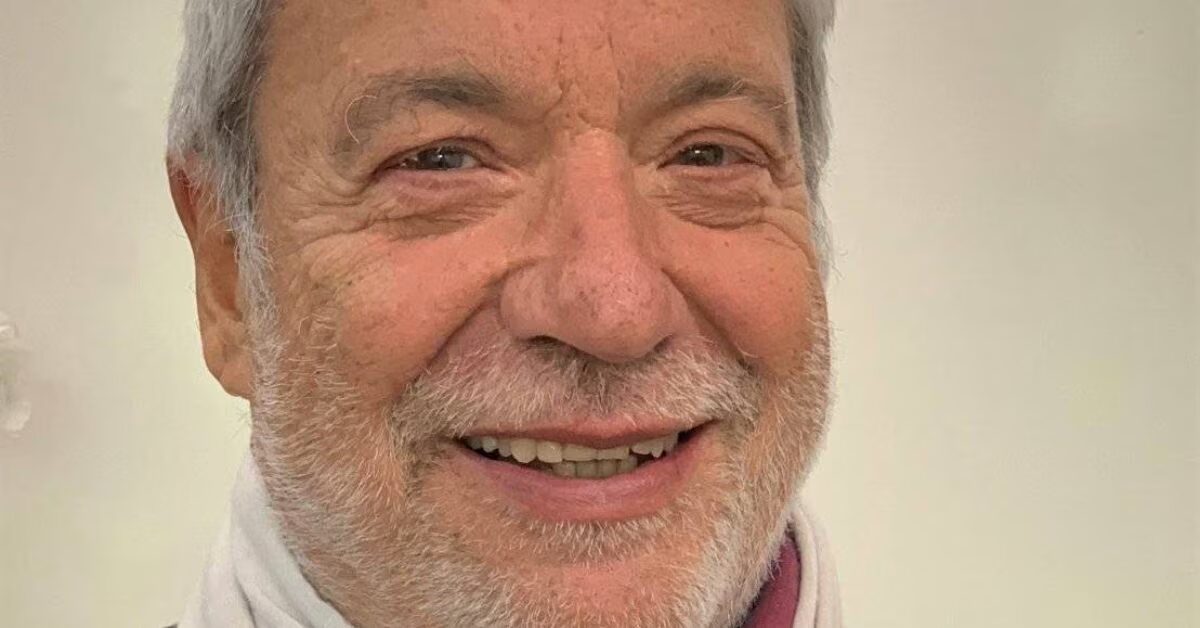ESAIC News
Leading Research Initiatives in Anaesthesiology: An Interview with Prof. Coburn
First and foremost, congratulations on your chairmanship, Prof. Coburn. As you embark on this new journey in 2024, we’re interested in learning more about your background as a medical practitioner. Can you share with us your personal journey as an anaesthesiologist and your involvement with the ESAIC? How have your experiences shaped your perspective on the field, and what motivated you to take on the role of Research Committee Chairperson?
I started my clinical career in 2004 at the Department of Anaesthesiology University Hospital Aachen. Since 2010, I have been a consultant, and from 2014, I was a senior consultant in Aachen until 2020, when I was appointed Head and Chair of the Department of Anaesthesiology and Intensive Care Medicine, University Hospital Bonn. I have been an ESAIC member since 2008 and became the ESAIC Research Group POSE chair in 2017. Further, I chaired the Scientific Subcommittee of Geriatric Anaesthesiology from 2016 until 2019. I have also been a Research Committee member from 2020 to 2022, which allowed me to discover the various ESAIC research programmes from the organisational point of view. What motivated me to apply as Research Committee chair is that research is a key pillar of the ESAIC with its Clinical Trial Network (CTN), Academic Contract Research Organisation (A-CRO), Grants and Research Groups. The ESAIC offers a unique platform for research, education and networking. Further, there is a sense of urge to offer, motivate and engage the future generation of anaesthetists and intensivists for research through programmes such as the ESAIC Research Mentorship Programme.
As the newly appointed Research Committee Chairperson, what are your top priorities in advancing research within the ESAIC? Additionally, what challenges do you anticipate facing in this role, and how do you plan to address them to foster meaningful contributions to the field of anaesthesiology?
In addition to the well-established programmes, I aim to foster research in intensive care medicine, environmental research, and digital medicine, such as augmented reality and artificial intelligence. We need to connect with industry and funders to acquire future projects for the A-CRO. We will also reach out to specialist and national societies to bundle research activities under the umbrella of the ESAIC.
How do you plan to align your role as the Research Committee Chair with ESAIC’s strategy on Research, Clinical Trials, and Big Data? How will you integrate these aspects into the ESAIC network to improve patient outcomes and contribute to evidence-based practices, particularly in the peri-operative setting?
I believe there is a sense of urgency to offer, motivate, and engage the future generation of anaesthetists and intensivists in research. Promoting and underlining the enthusiasm of younger and older colleagues to confront challenges through teamwork in research has become and remains an integral part of me.
In closing, we would appreciate a personal message for our community. As the newly appointed Chair for Research, what words of guidance or encouragement would you like to share with them? Let us call it a word from our new Research Chair.
Research is the fundamental basis of the ESAIC, which optimises patient care. Research is teamwork, and a lot can be achieved within the ESAIC. Let’s go!
Authors
- Mark Coburn (MD, PhD) – ESAIC Research Committee Chair, University Hospital Bonn, Germany.










